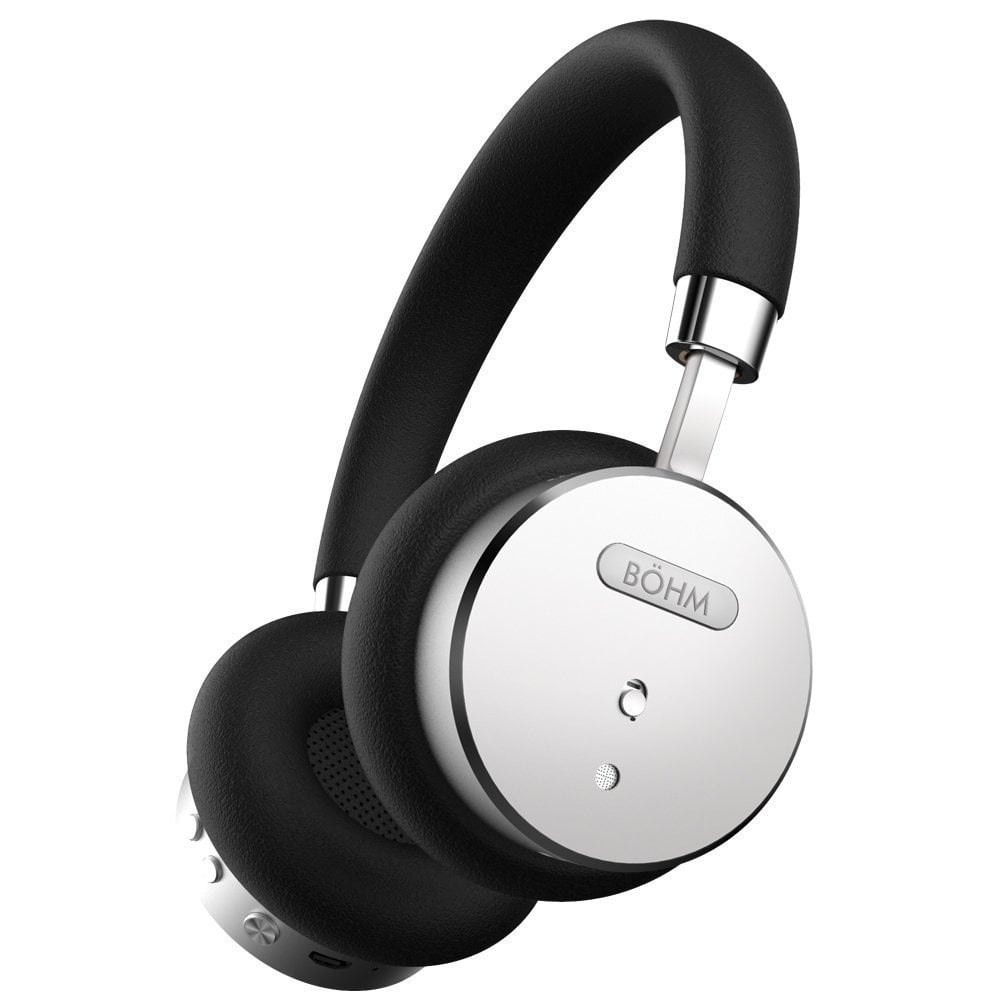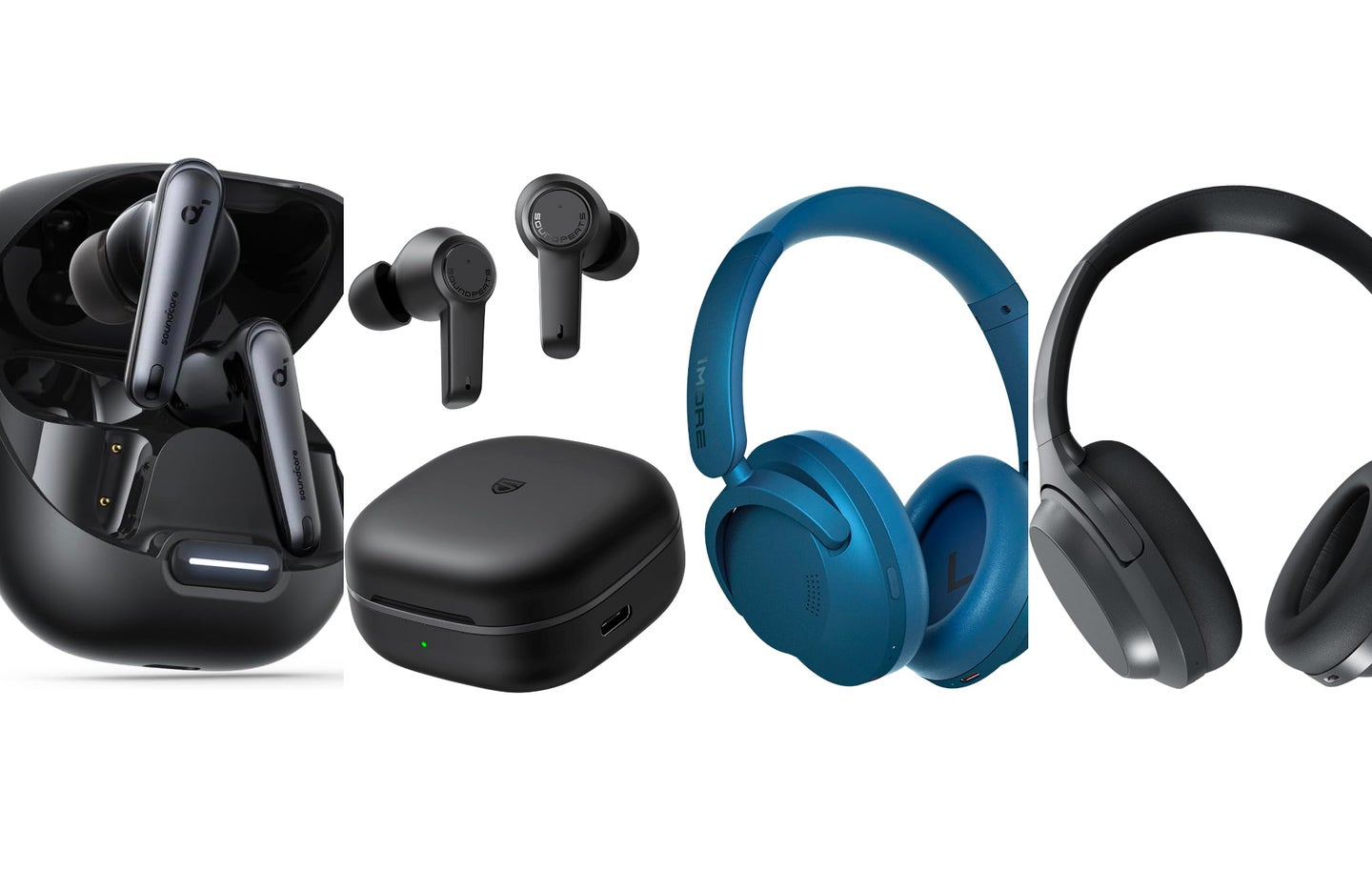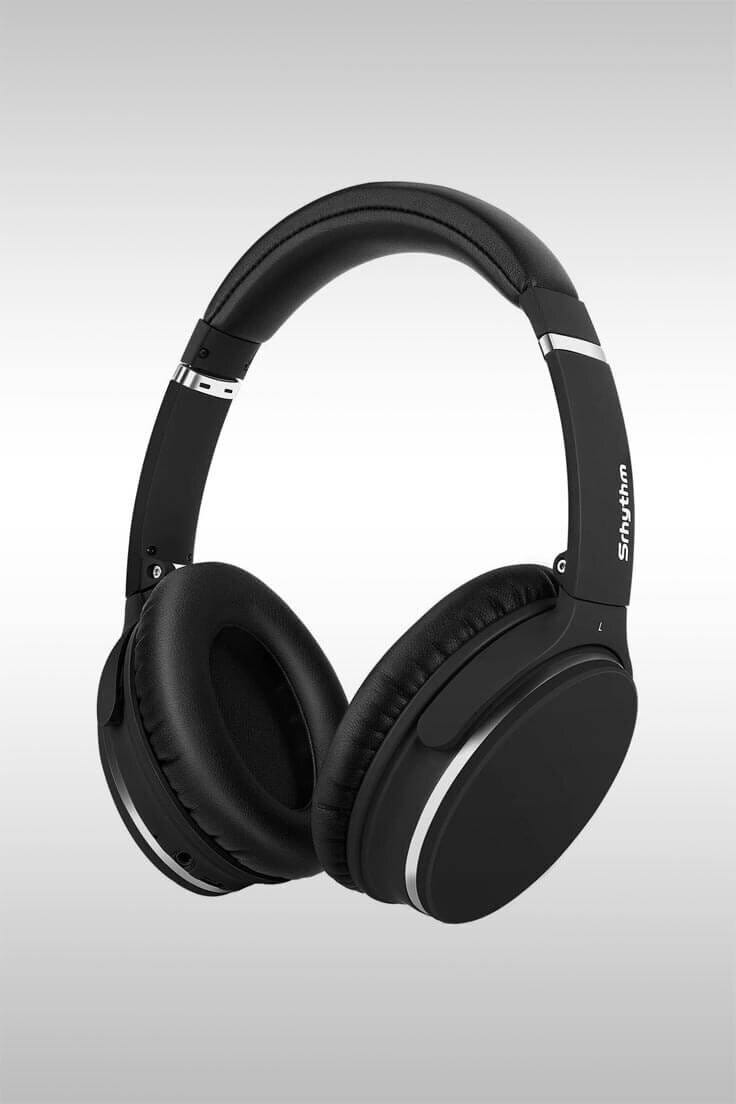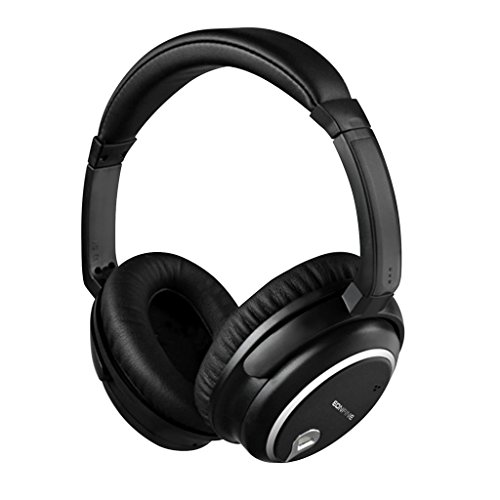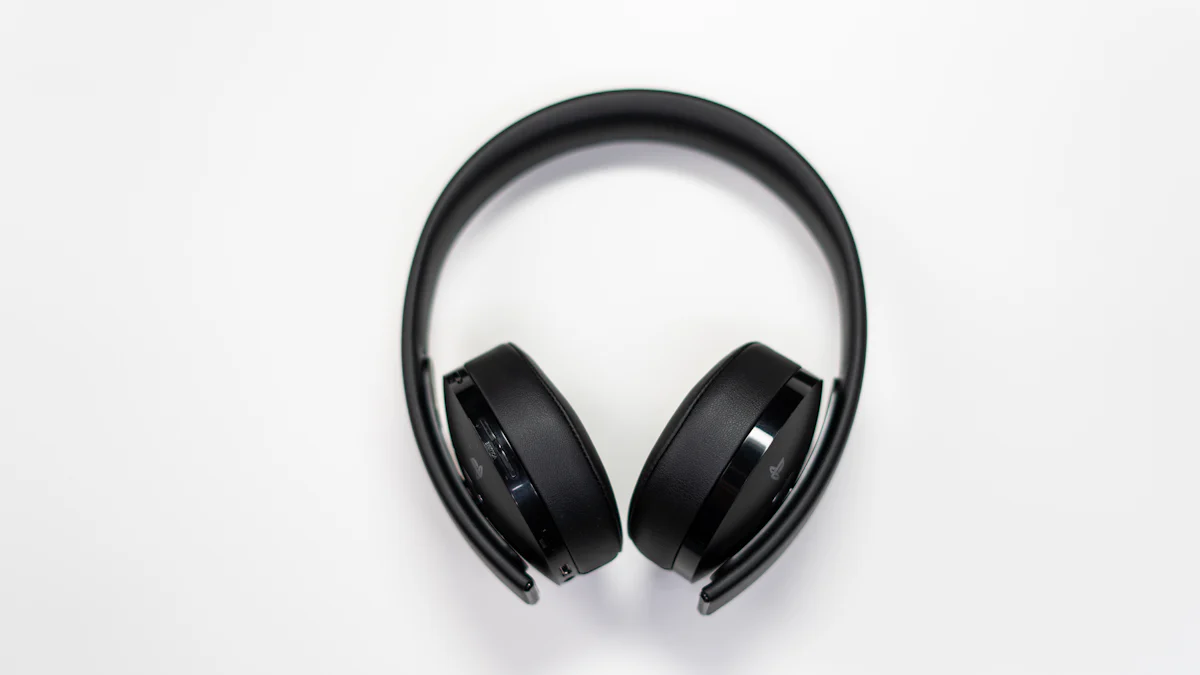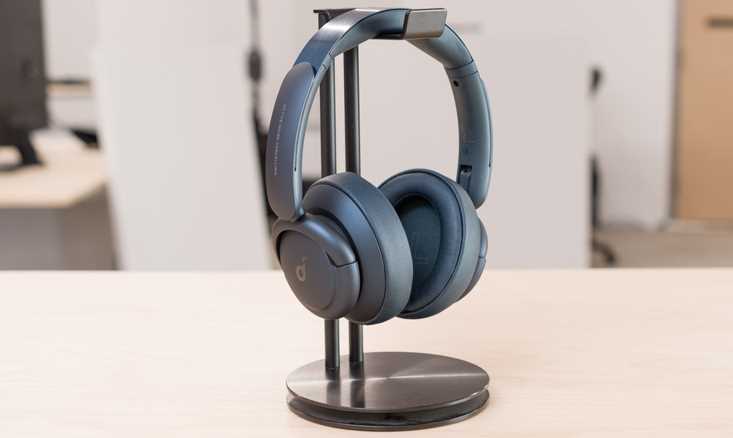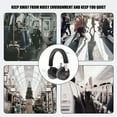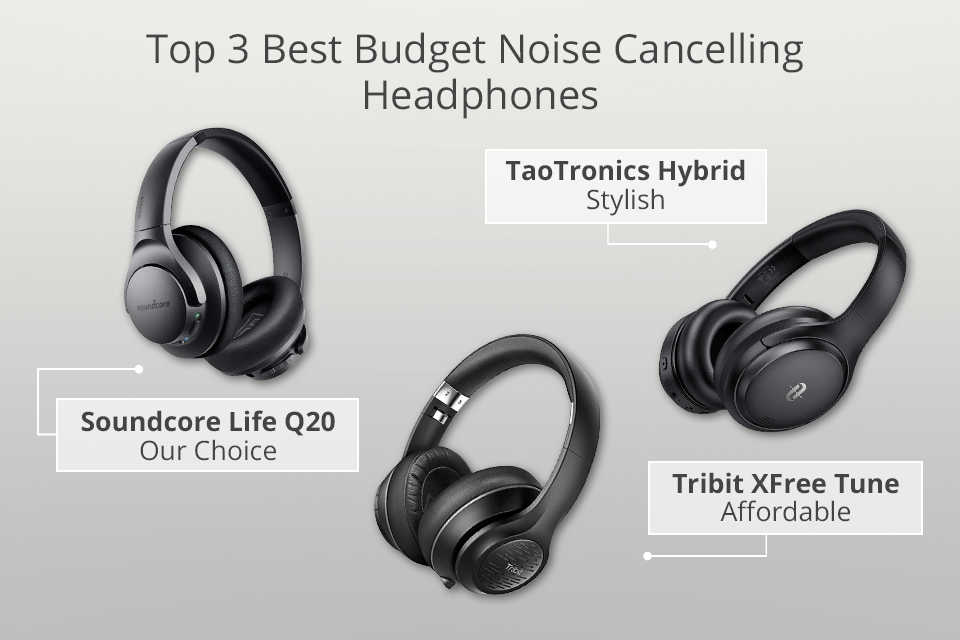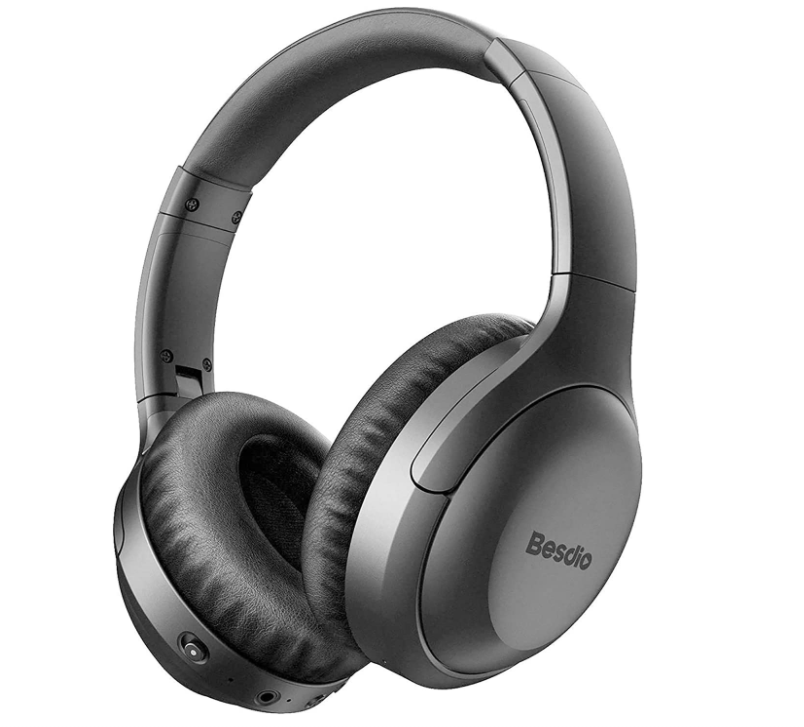Budget Friendly Noise Cancelling Headphones
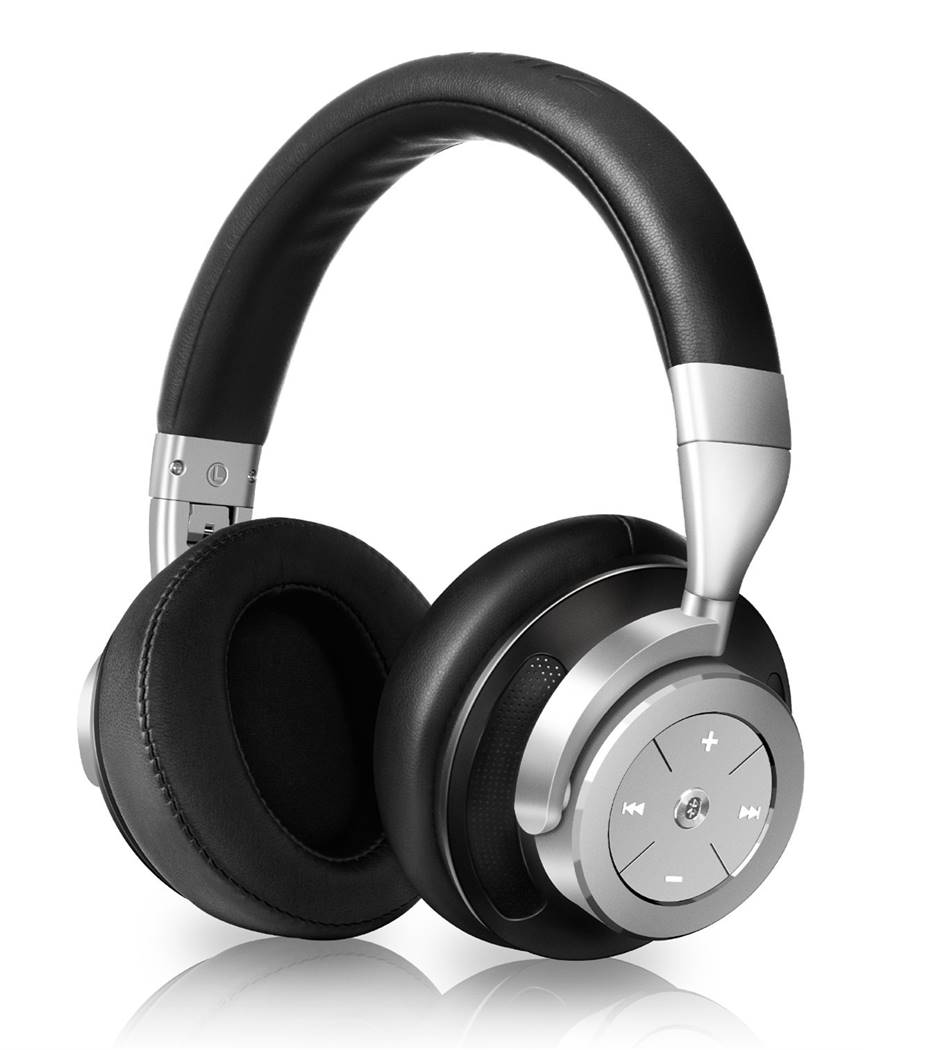
In an increasingly noisy world, the demand for noise-canceling headphones has surged, but premium models often come with a hefty price tag. However, a growing market for budget-friendly alternatives is emerging, offering consumers a respite from distractions without breaking the bank.
This article explores the rise of affordable noise-canceling headphones, examining their key features, performance, and the impact they have on accessibility to this sought-after technology. The increasing availability of these devices democratizes access to improved focus and audio experiences, impacting students, commuters, and remote workers alike.
The Rise of Affordable Options
Historically, active noise cancellation (ANC) was a feature reserved for high-end headphones, costing upwards of $300. Recent advancements in technology and manufacturing have paved the way for more affordable options.
Several brands, including Anker's Soundcore, Tribit, and lesser-known Chinese manufacturers, have entered the market, offering headphones with ANC at price points below $100. This has significantly broadened the consumer base for noise-canceling technology.
Key Features and Performance
While budget-friendly headphones may not match the performance of premium models in all aspects, they often provide adequate noise cancellation for everyday use. Many employ hybrid ANC technology, which utilizes microphones both inside and outside the earcups to effectively reduce a wider range of ambient sounds.
Audio quality is another important consideration. While audiophiles might notice a difference, many budget-friendly headphones offer a balanced sound profile suitable for enjoying music, podcasts, and audiobooks. Battery life is also a key factor, with many models offering 20-30 hours of playtime with ANC enabled.
Compromises and Considerations
It's important to acknowledge that budget-friendly headphones often involve compromises. Build quality may not be as robust as premium models, and the effectiveness of noise cancellation might be less pronounced in extremely loud environments.
Some models may also lack advanced features such as customizable EQ settings or multipoint pairing. Consumers should carefully consider their needs and priorities when choosing a budget-friendly option.
Impact and Accessibility
The availability of affordable noise-canceling headphones has a significant impact on accessibility. Students can now afford to concentrate on their studies in noisy environments like libraries or dorm rooms.
Commuters can enjoy a more peaceful journey on trains and buses, reducing stress and improving their overall well-being. Remote workers can create a focused workspace at home, minimizing distractions and increasing productivity.
"The democratization of noise-canceling technology is a positive trend," says Dr. Emily Carter, an audiologist specializing in assistive listening devices. "It allows more people to benefit from the improved focus and reduced stress that ANC can provide."
According to a recent report by MarketWatch, the global noise-canceling headphones market is expected to reach $15.6 billion by 2028, driven in part by the growth of the affordable segment.
The Future of Budget-Friendly ANC
As technology continues to advance, we can expect further improvements in the performance and features of budget-friendly noise-canceling headphones. Competition among manufacturers will likely drive down prices and improve quality.
This trend will further democratize access to noise-canceling technology, benefiting an even wider range of consumers. The future looks promising for those seeking a peaceful audio experience without breaking the bank.

